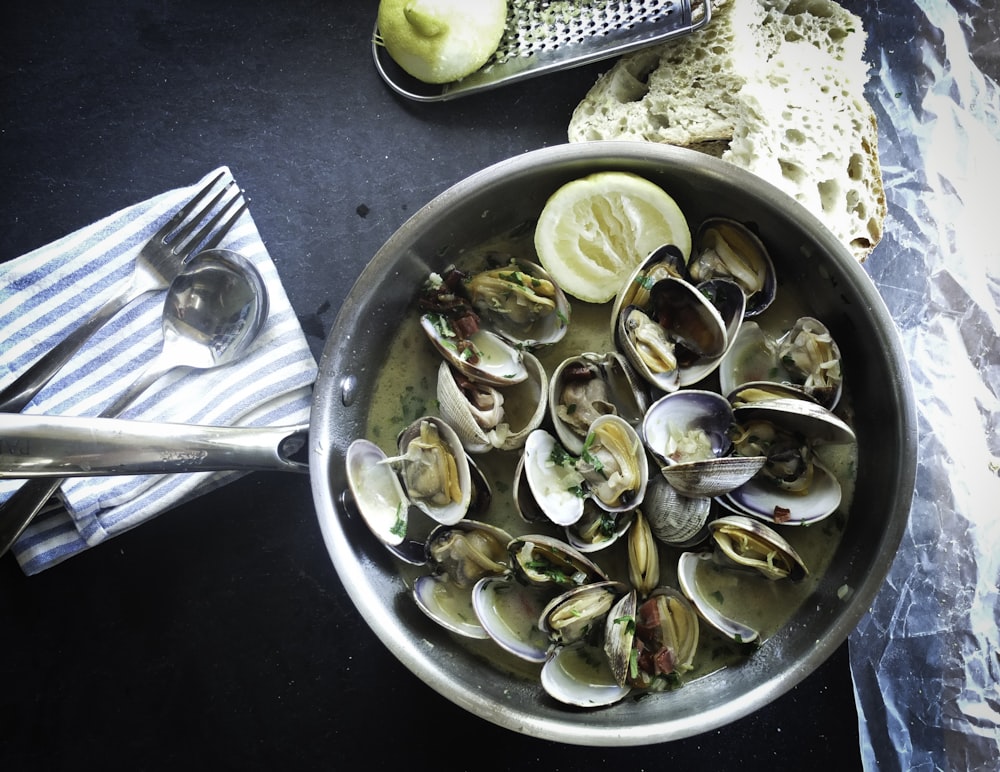Kashmiri Recipes
5/5 stars (1 votes)
Kashmiri Cuisine is the cuisine of the Kashmir Valley in the Union Territory of India. Kashmiris have developed the art of cooking to a very high degree of sophistication and evolved a cuisine quite distinct from that of any part of the world.
The equivalent of the phrase bread & butter in the Kashmiri language is haakh-batta (greens and rice).
Meat along with rice, some vegetables and salad are prepared on special occasions.
Kashmiri cuisine is also termed wazwan and has several dishes that add up to the culinary diversity of this region of Northern India.
Meat is called Neni by Pandits and Maaz by Muslims in Kashmir. In the majority of Kashmiri cooking, bread is not part of the meal; it's always rice at lunch and dinner. Bread is only eaten in the morning or evening.
History of Kashmiri Cuisine
From the mythical Mahabharata to the Iranian invasion of Kashmir, to the Mauryans who established Srinagar to the Gupta Empire to the invasion of Kashmir by Timur in 1398, the culture and cuisine of Kashmiris are linked to the greater Indian, Persian, and Central Asian cuisines mixed with local innovations and availabilities of ingredients.
The term Kebab is Arabic in origin, Korma has Turkish roots and Rogan Josh, Yakhni, Ab Ghost, Rista, and Goshtaba stem from Persian sources.
Early History
The process of Kashmir's amalgamation with the outer world commenced with the importation of primitive forms of snakes and fire worship from Iran. Since Paleolithic times, serpents were worshiped and buried with a supply of insects in their graves as a provision for their future life. In addition, they splashed grains at shrines and graves to express regard for snakes and other animals.
The range of tools recovered at the Neolithic site of Burzahom, in the district of Srinagar shows that the men were skilled hunters with knowledge of implements for cultivation. Stone hearths have been found at ground levels, near the mouth of pits.
The period II (Ceramic Neolithic) structures show a dish with a hollow stand and a globular pot. Rectangular harvesters with a curved cutting edge have also been discovered. The presence of harpoons indicates fishing. The art-producing behavior of Neolithic men is witnessed in a hunting scene, with a human, a dog, and a sun path diagram.
Even before the Megalithic culture that followed the Neolithic period, there is evidence of wheat, barley, and lentil cultivation. The presence of lentils explains that the people of Burzahom had wide contact with Central Asia.
At the Gufkral Neolithic site 41 km southwest of Srinagar, archaeologists have confirmed settlers were engaged in the wild game as well as the domestication of animals. The animals that were known at the time were wild sheep, wild goat, wild cattle, red deer, wold, Himalayan Ibex, and bear.
Roasting of food (both flesh and grain) was done only outside as no hearths or fireplaces were found inside the dwelling pits. Piercers were used for making incisions and for tearing open the flesh after the animal was killed and skinned, and scrapers were used to scrape fat from the flesh.
In Phase IB of the Neolithic era, some new additions were included in cattle and common peas. Pig and Fish made their appearance in the late Neolithic period. Bones of hare, hedgehog, rodents, and beavers were also recovered.
Based on the presence of the Emmar Wheat crop at Kansipur, seven kilometers east of Baramulla, contact of Harappans with the Neolithic Kashmir has been suggested.
With the Aryan migration to Kashmir around the 8th century BC, the fire worship cult got embedded into the innate reigio-cultural texture of Kashmir through practices such as a phallic emblem of cooked rice.
Indo-Greek & Kushana Period
Earthen thalis (pans) have been found at Semthan, north of Bijbehara from the Indi-Greek period (200 BC - 1st century AD). The Kushana history tells us that right from the days of the Kushana rulers (1st century AD to 450 AD) there was contact between Romans and Kashmir.
Kashmir was connected to the southern silk route via Gilgit and Yasin valley at Tashkurghan. The main items of export to Rome were saffron and Dolomiaea costus (kutha). Kutha was used in Rome for various purposes, among which for scenting food and seasoning wine.
Hindu dynasties
There were military contacts between the Karkota kingdom in Kashmir and the Tang (618 AD to 917 AD) court in China. When the Chinese Tang Dynasty successfully defeated Tibetan forces and entered little Palur in October 722 AD, Kashmir was credited for providing agricultural supplies essential to sustaining the Chinese troops stationed in Gilgit Valley.
Topics
Jammu & Kashmir - History, Culture & Traditions | J&K Current Trends | Social Network | Health | Lifestyle | Human Resources | Analytics | Cosmetics | Cosmetology | Forms | Jobs
Navigation
Quote of the Day
"Time Flies Over, but Leaves its Shadows Behind"


